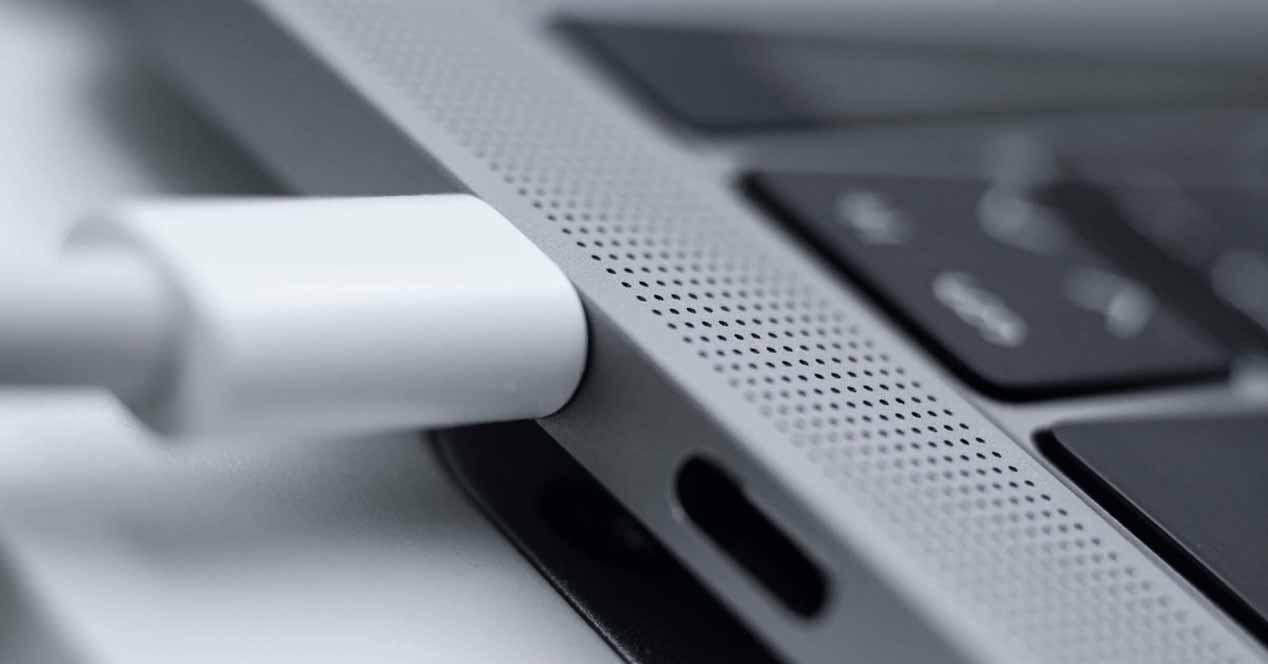It seems that when we talk about charging Apple & # 39; s MacBook Pro battery, there is a right and wrong side to it. These computers have USB-C ports on both the left and right sides, but with the use of the left side, many users are starting to find problems.
The MacBook Pro is in trouble… again
The problem was initially reported by a StackExchange user, who finds unusual activity in the backup job. Specifically, he noted that there is a greater use of processor by a process called kernek_task, which results in higher operating temperatures or while doing nothing and a reduction in total computational efficiency, which is common when it consumes a lot of device resources. program.

Obviously, having a processor with so much work produces some additional symptoms, since ever since the temperature increases which causes fans to start working at high speeds, too much noise.
As if that weren't enough, restarting the mentioned MacBook Pro does not solve the problem, because as soon as you start the program the kernek_task process returns to the top of the list of processes that use the processor resources. According to information from Apple, one of the functions of this processor is to control the processor temperature and make fans turn faster or less dependent on him.
Some users have, in fact, reported that connect USB-C monitors (which takes power from the cable itself) to the left ports causing the same problem.
The solution is to use USB-C on the right side
In this case, it was found that a problem stops appearing when using the right side of USB-C ports The MacBook Pro is charging the battery, at which time the computer works normally. This means that if we want the equipment to be safe, we should only use the left port to connect the peripherals, leaving those on the right to charge the battery and connect the monitors.

This problem may be caused by the way the electrical circuit of the appliance is made, but it can also be a problem with USB-C controller device.
The affected models, so far known, are the 15-inch MacBook Pro 2017 and the 16-inch MacBook Pro 2019 only, but it is not denied that other computers of this type have the same problem. So far, the company has not talked about it, but it is known that they are working to improve battery life on the next-generation MacOS Catalina, so it is not decided if they are looking for a solution to these problems.








